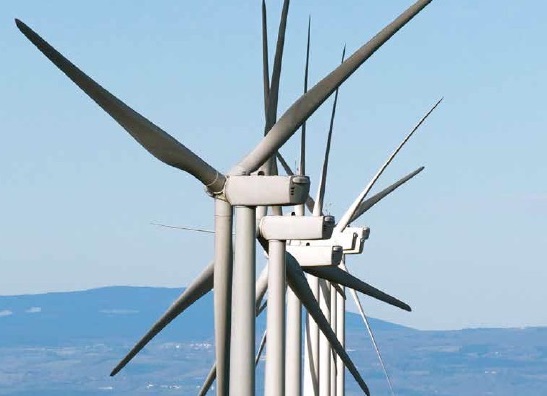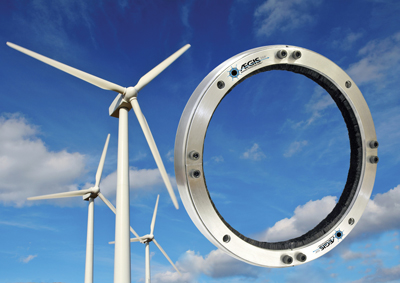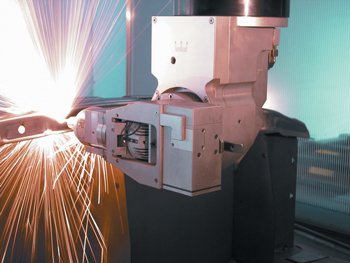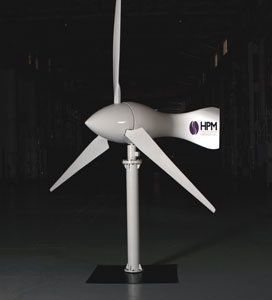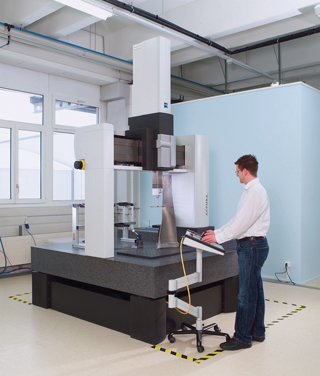The world leader in environmental measurement Vaisala, together with electricity and natural gas energy company Xcel Energy and the National Center for Atmospheric Research (NCAR), have joined forces on a pioneering pilot project in the United States that will take observing and forecasting for wind energy production to the next level.
The goal of the pilot is to explore the use of a new wind observing and forecasting system in Xcel Energy’s wind power generation. The system will provide critical decision-making support for balancing wind power with traditional fossil fuel generation while minimizing costs and improving reliability. A primary focus of the effort is to develop technologies that will better anticipate changes in wind energy output from wind farms. “This is a great opportunity for Vaisala to again demonstrate how we can provide observation systems for weather critical applications,” says Richard Pyle, head of the company’s wind energy market segment.
“We are extremely pleased to enter this pilot project with Vaisala and NCAR, who both are leading players in their fields and can significantly contribute to the development of wind forecasting in energy production,” says Mary Fisher, vice president of strategic technology for Xcel Energy. “Once completed the pilot, if successful, will inform wind farms operators on the means to increase reliability and minimize integration cost.”
Vaisala is providing Xcel Energy with surface weather stations, radar wind profiling capability, and National Lightning Detection Network® data, as well as installation and operating services for a 12-month pilot program. The wind observation network will be located around wind farms in Colorado that total 400 megawatts of installed capacity. The network became operational in November 2009.
NCAR has been contracted to refine a wind forecasting system that focuses on wind ramp detection for the project. Vaisala’s observation data will be integrated with the forecast information in a decision support tool developed by Vaisala in close cooperation with the three parties. To learn more contact Richard Pyle at (303) 589 8772 or richard.pyle@vaisala.com. Visit online at www.vaisala.com.
















